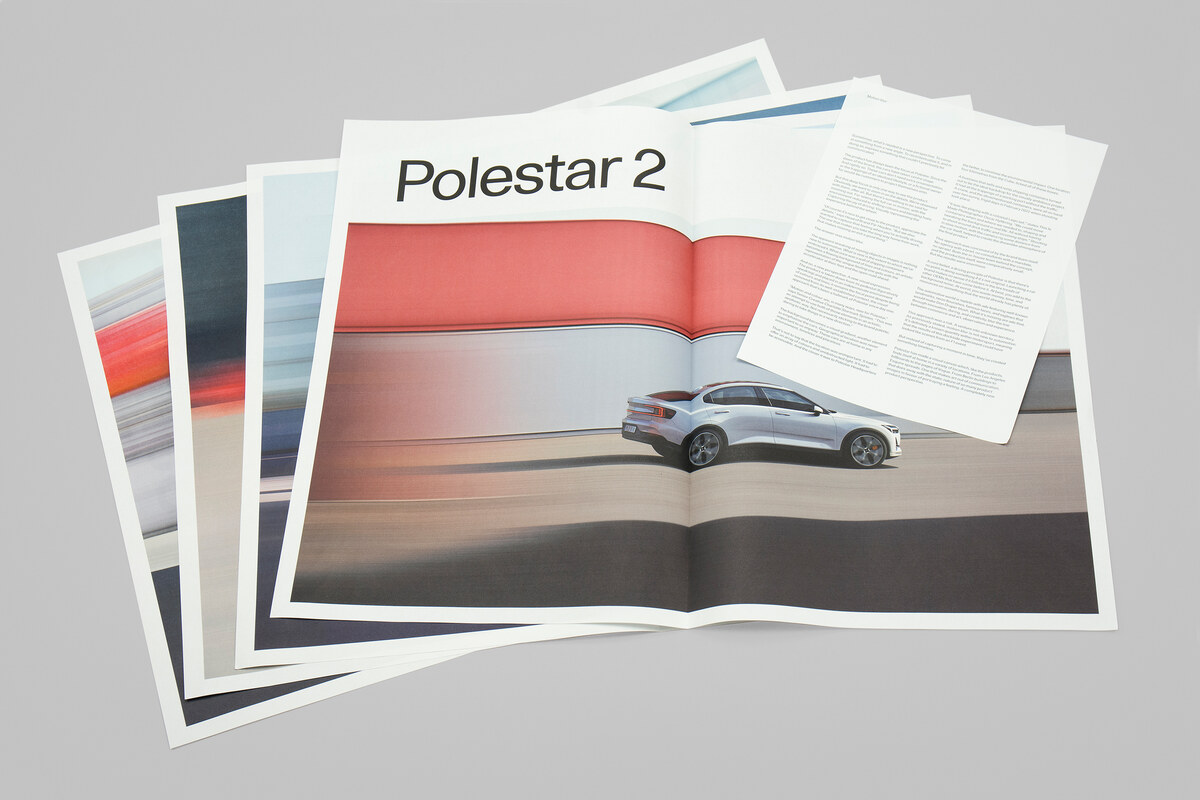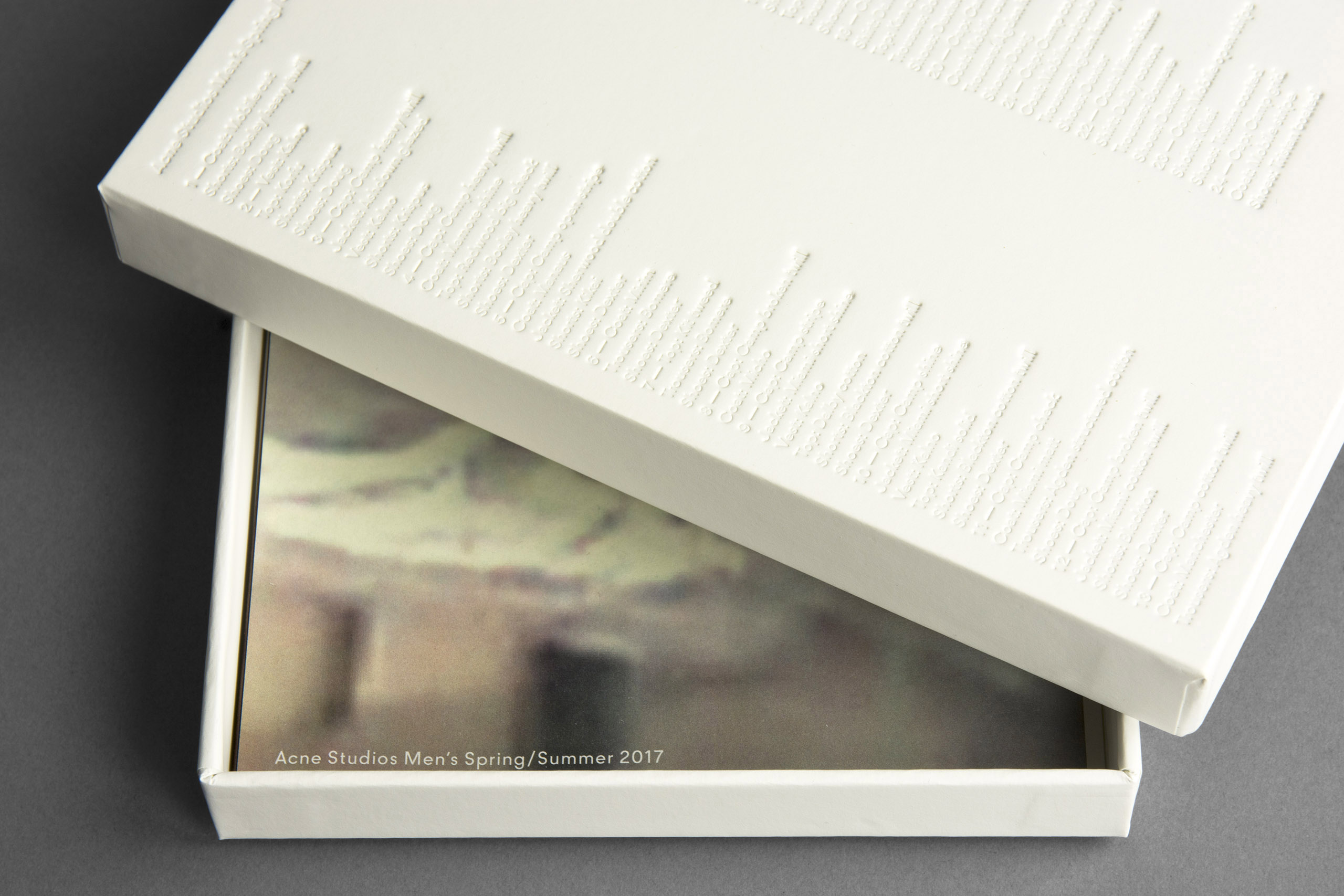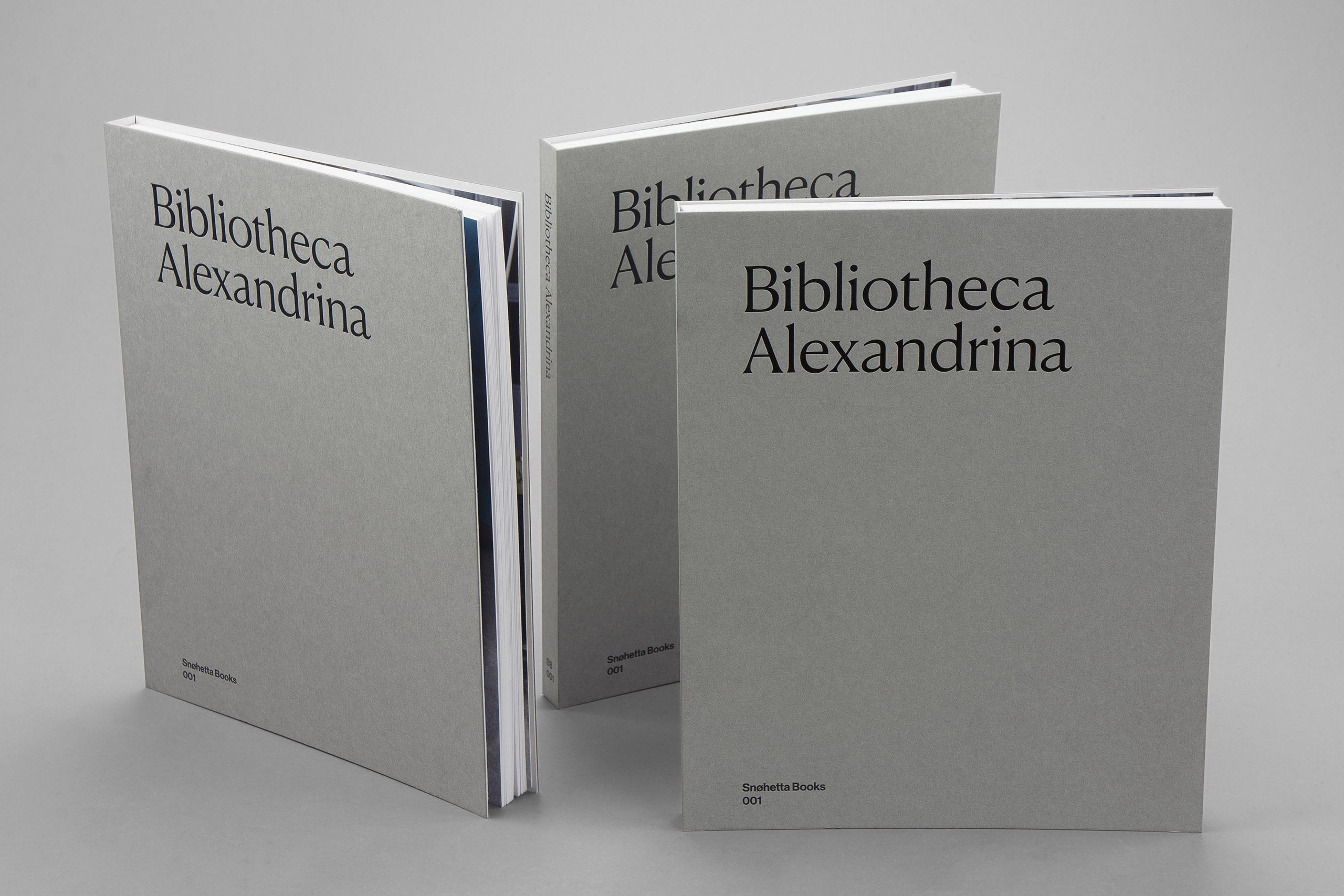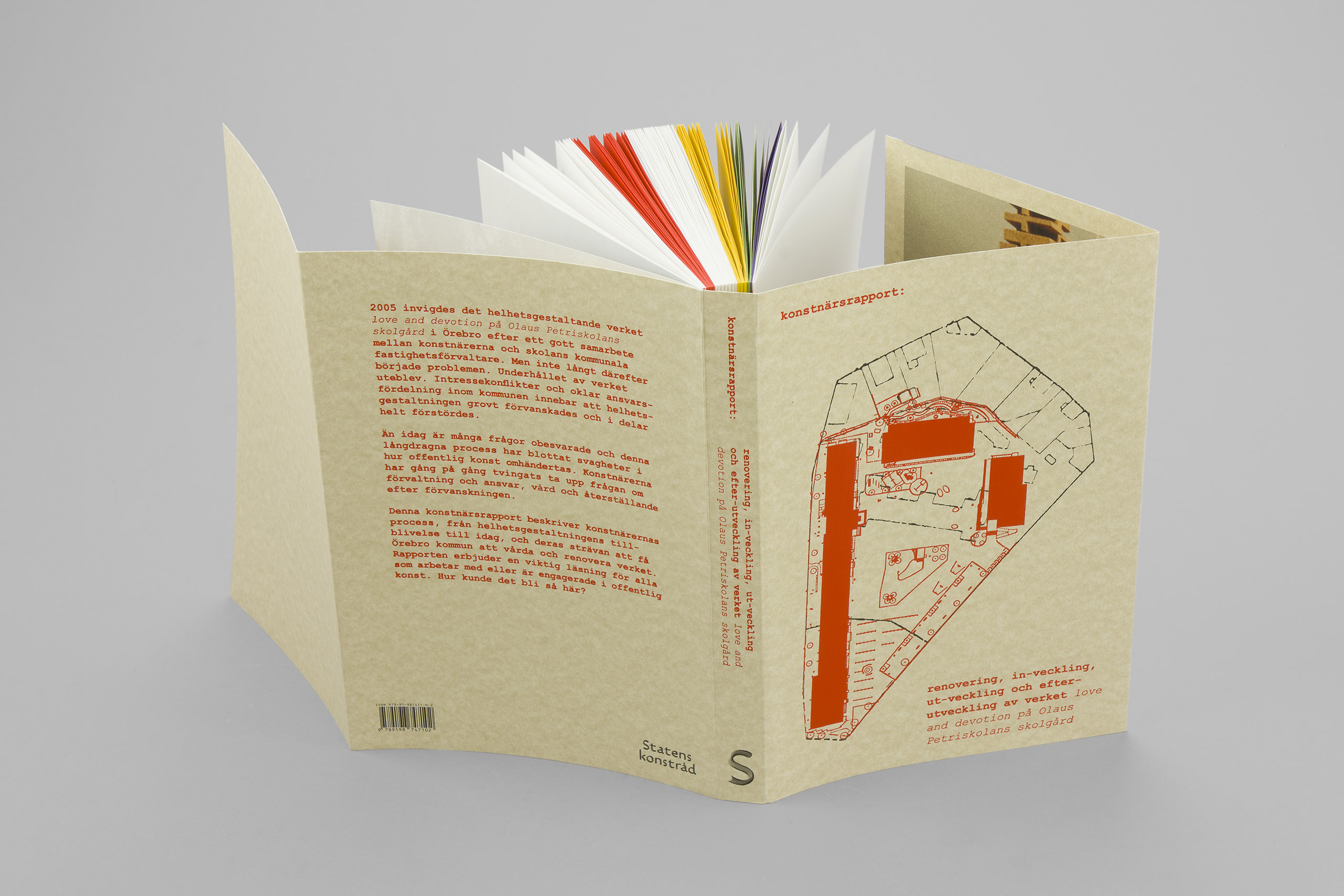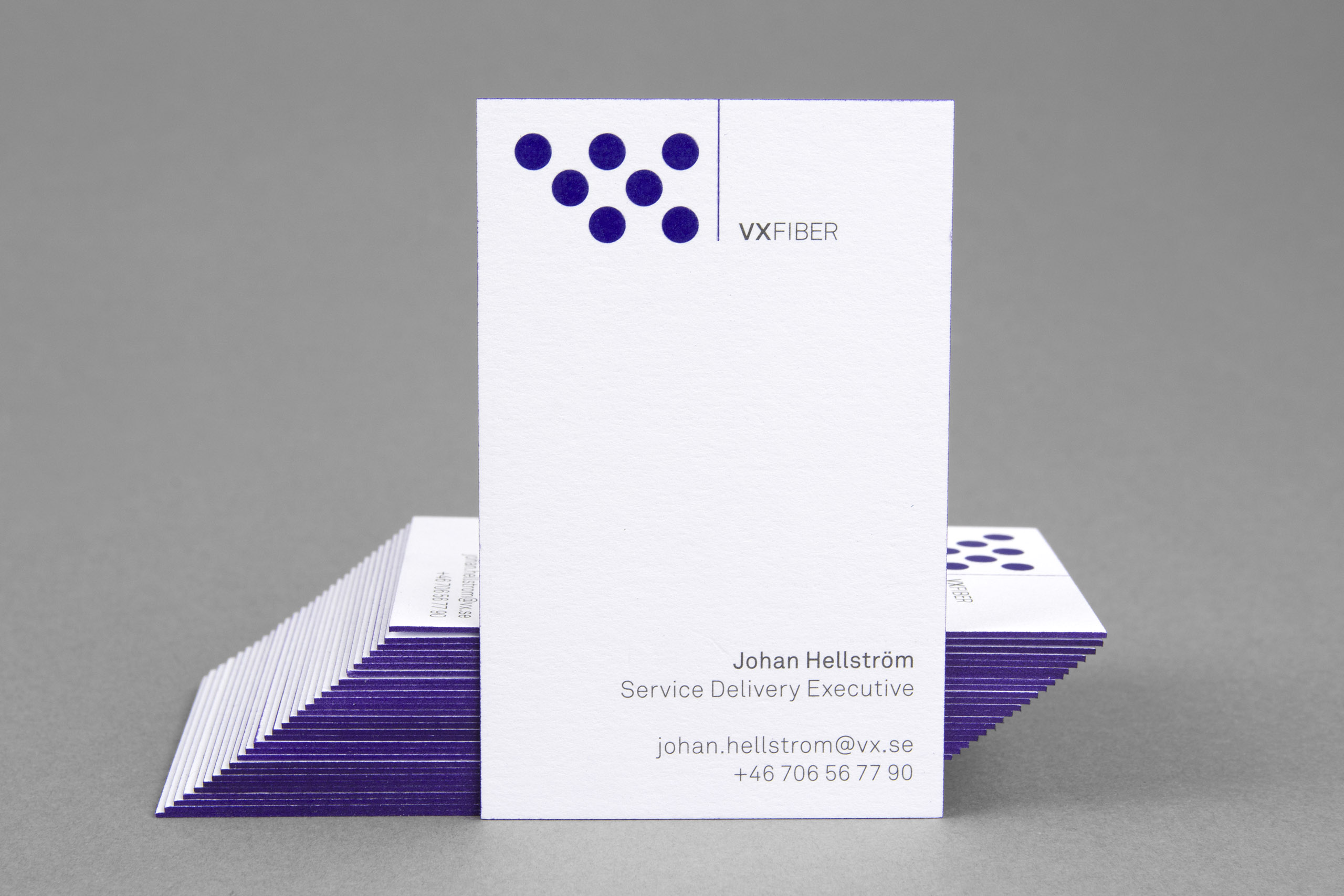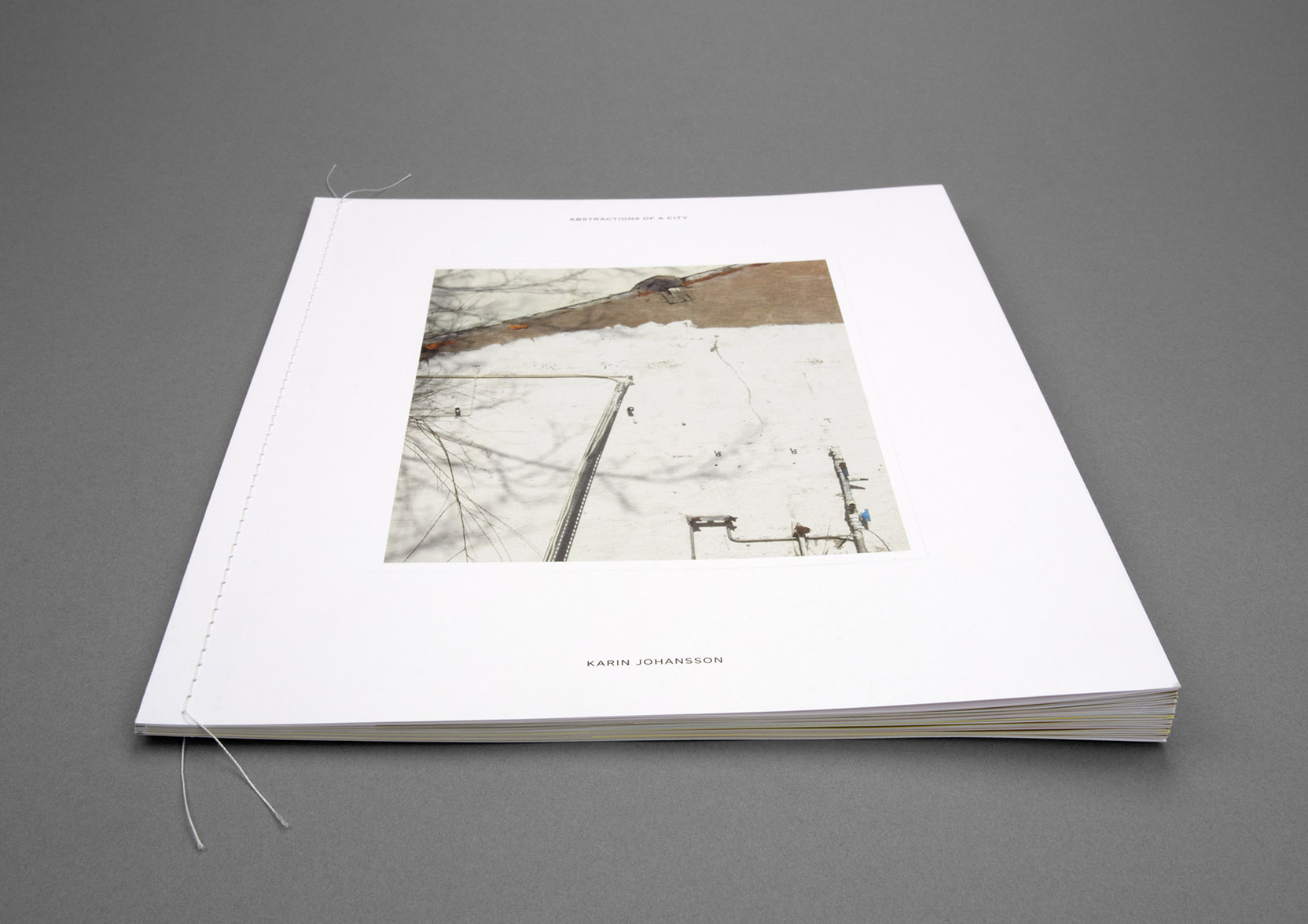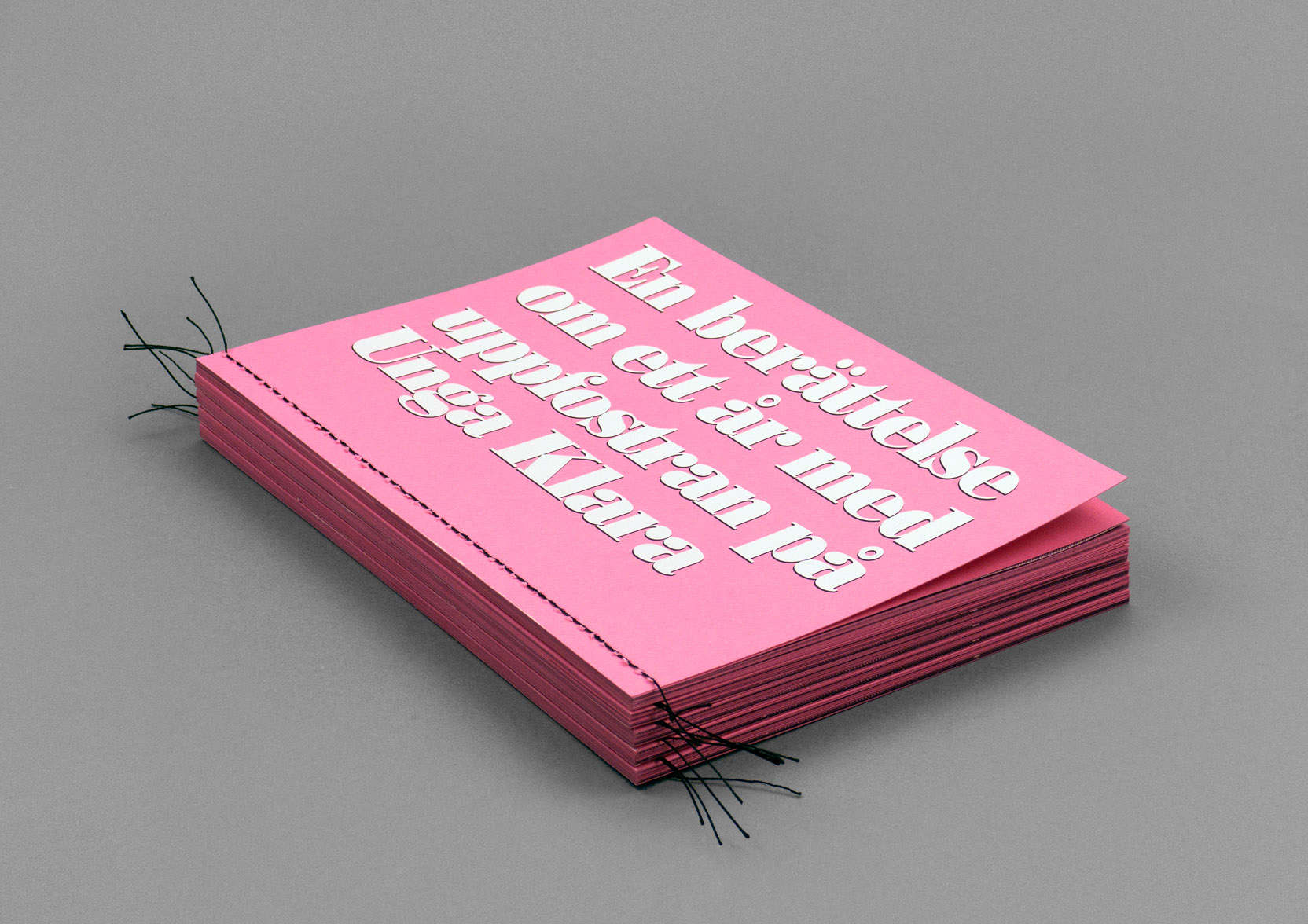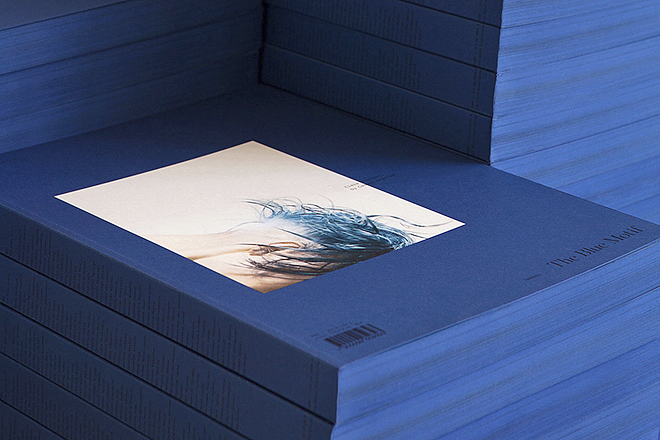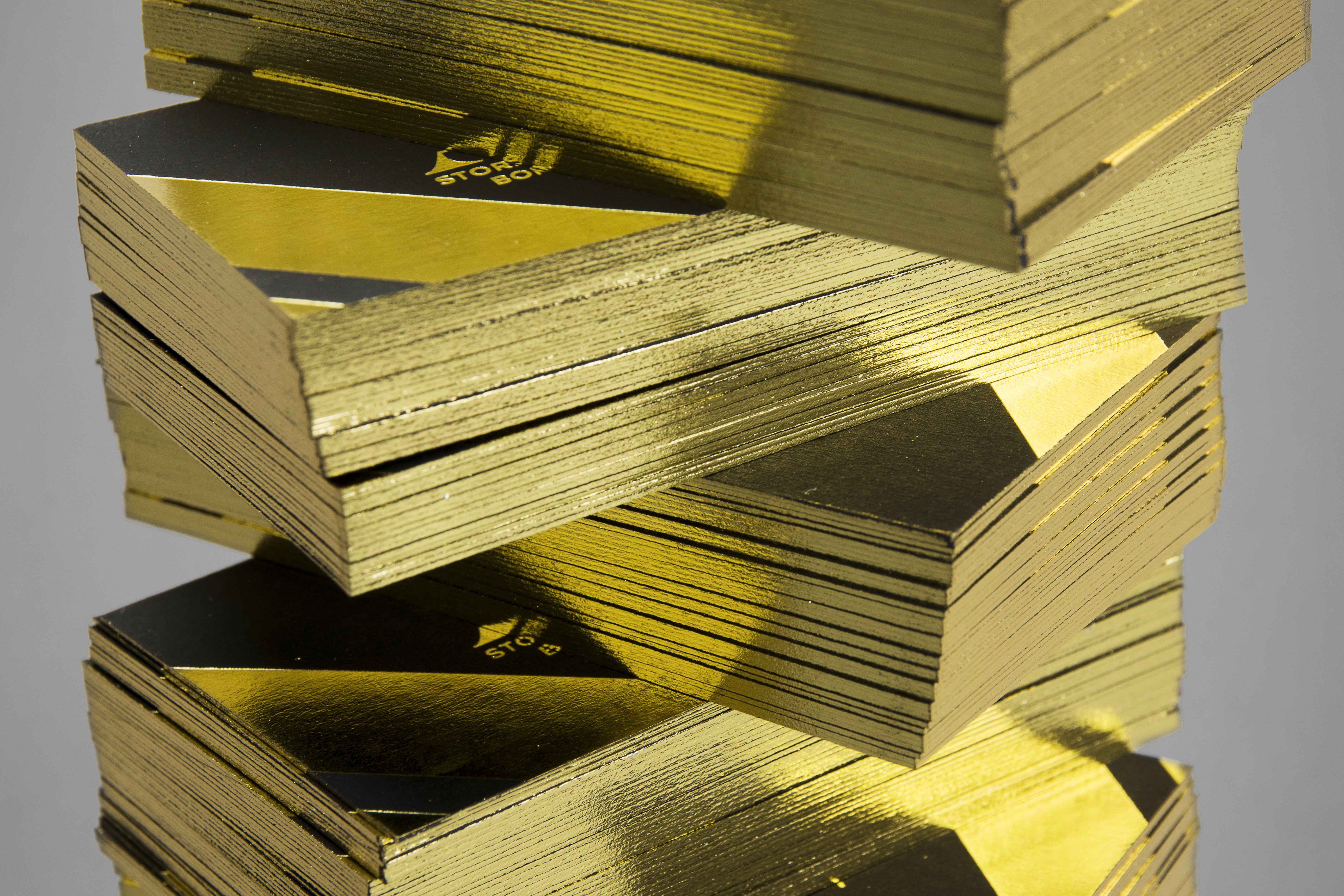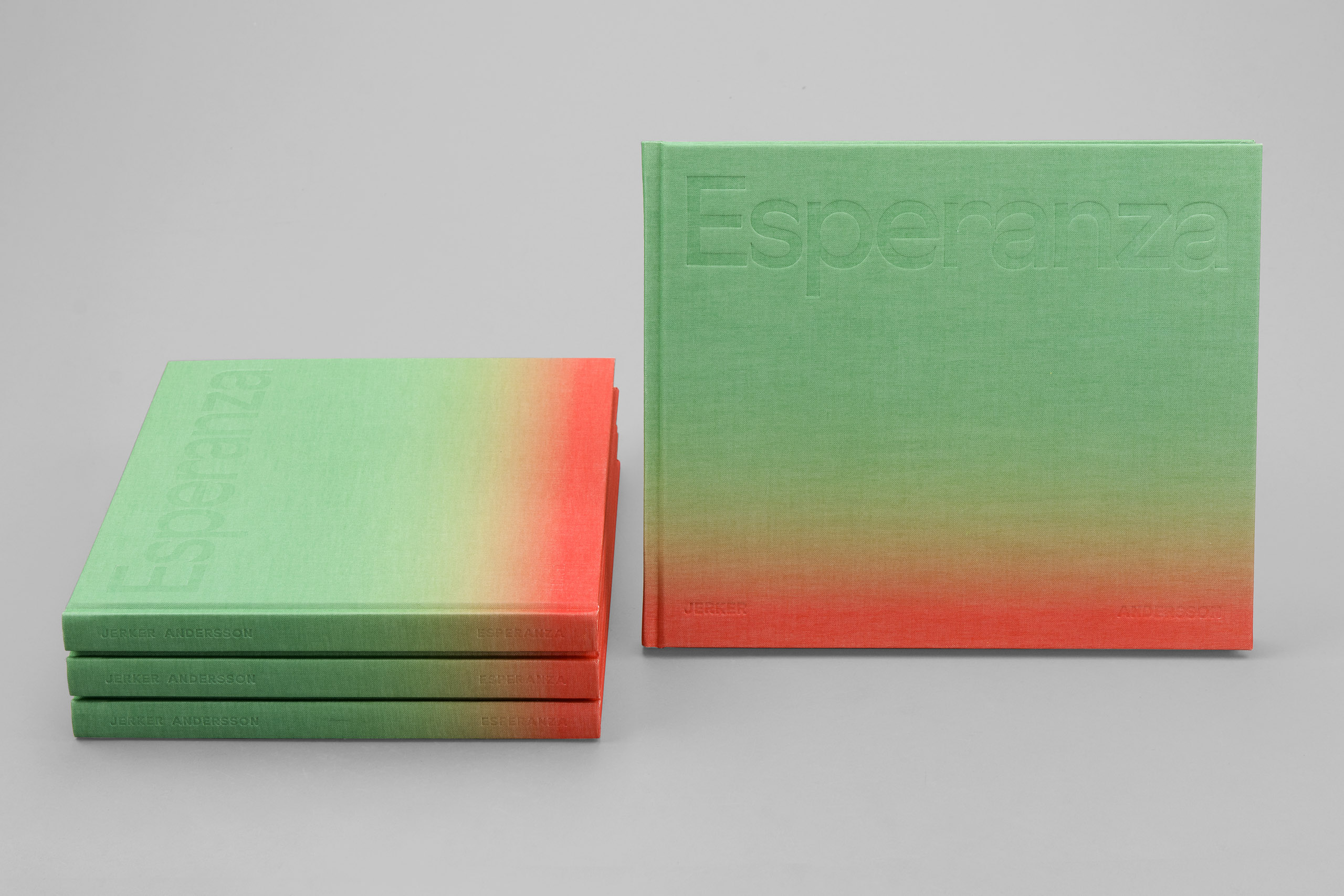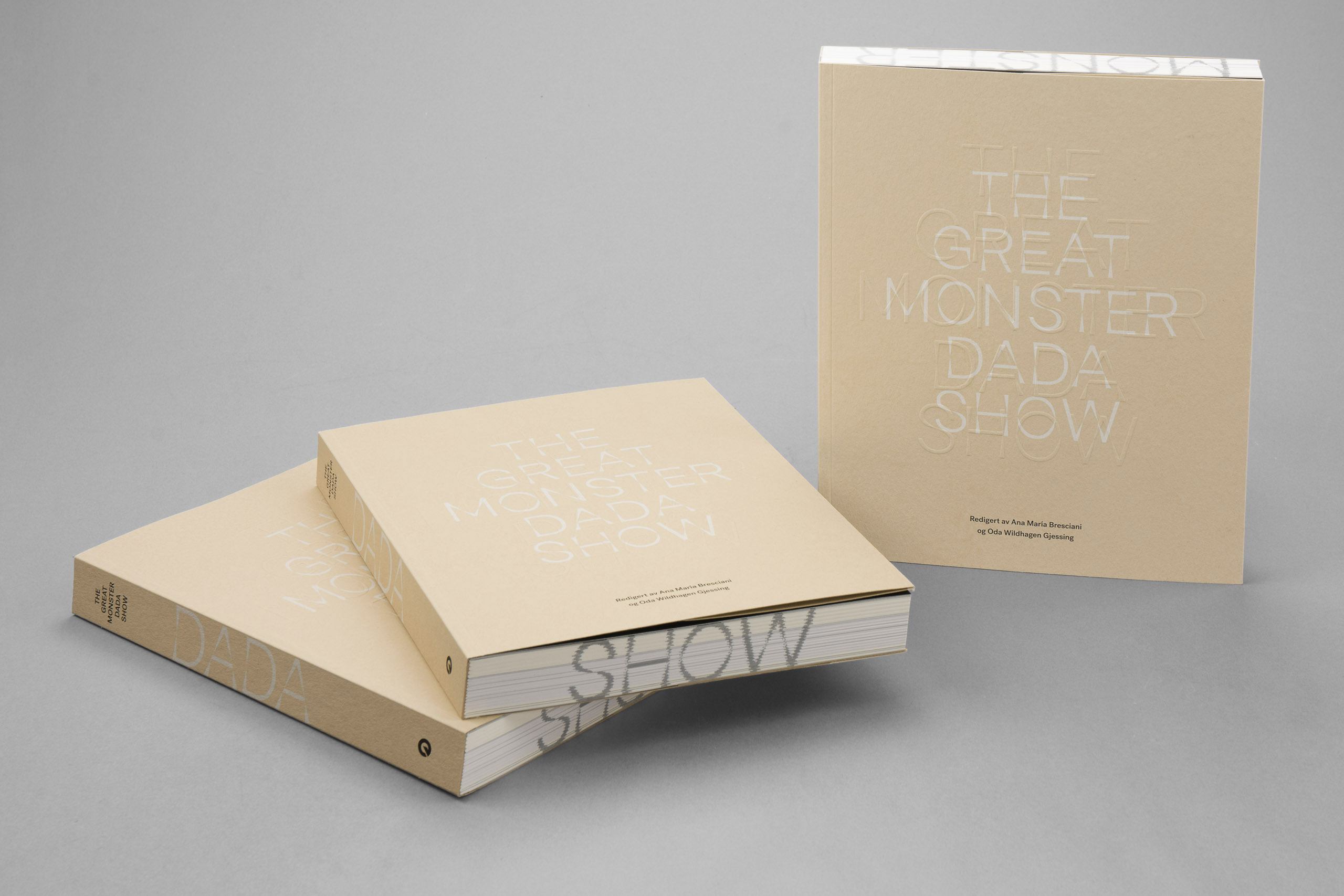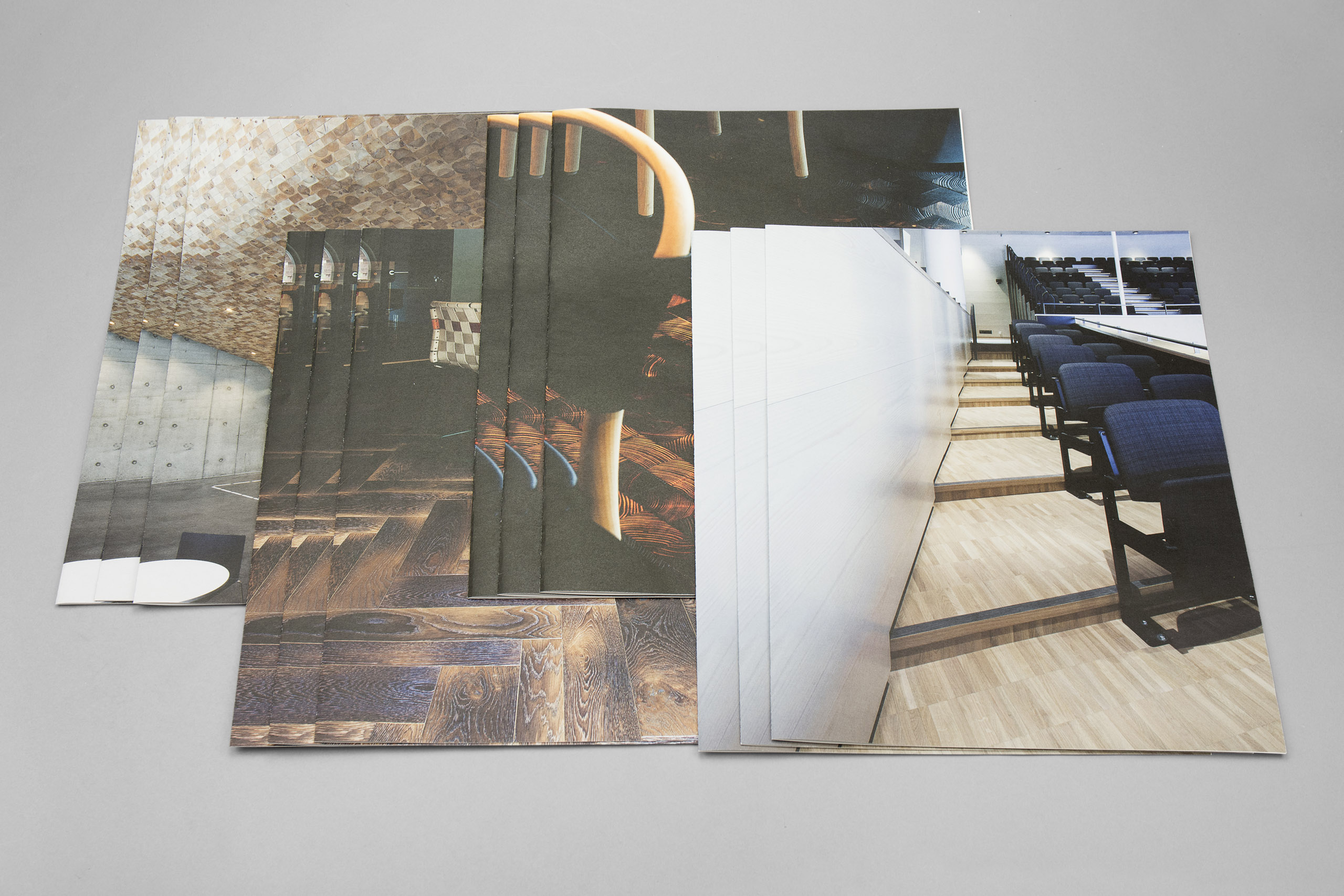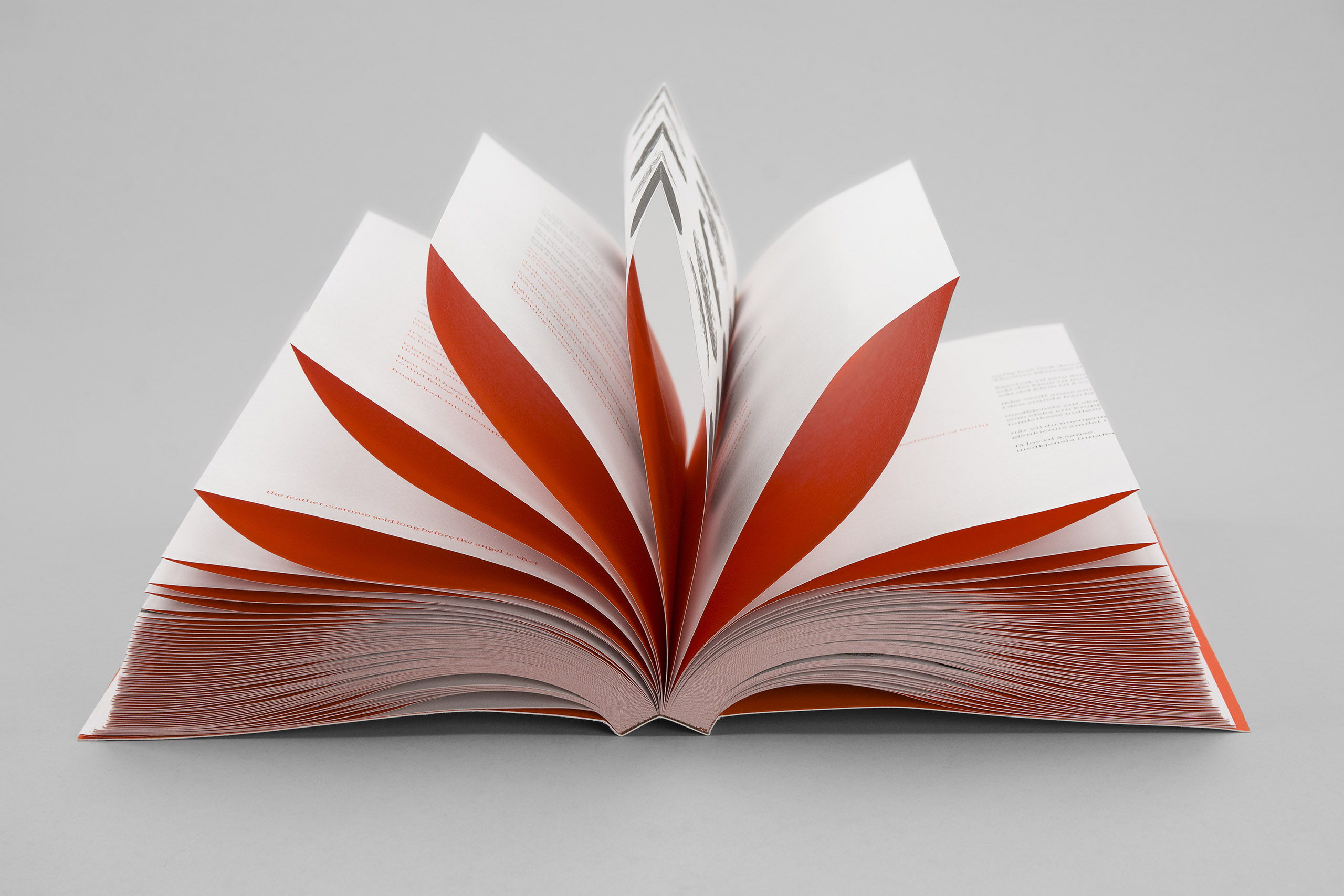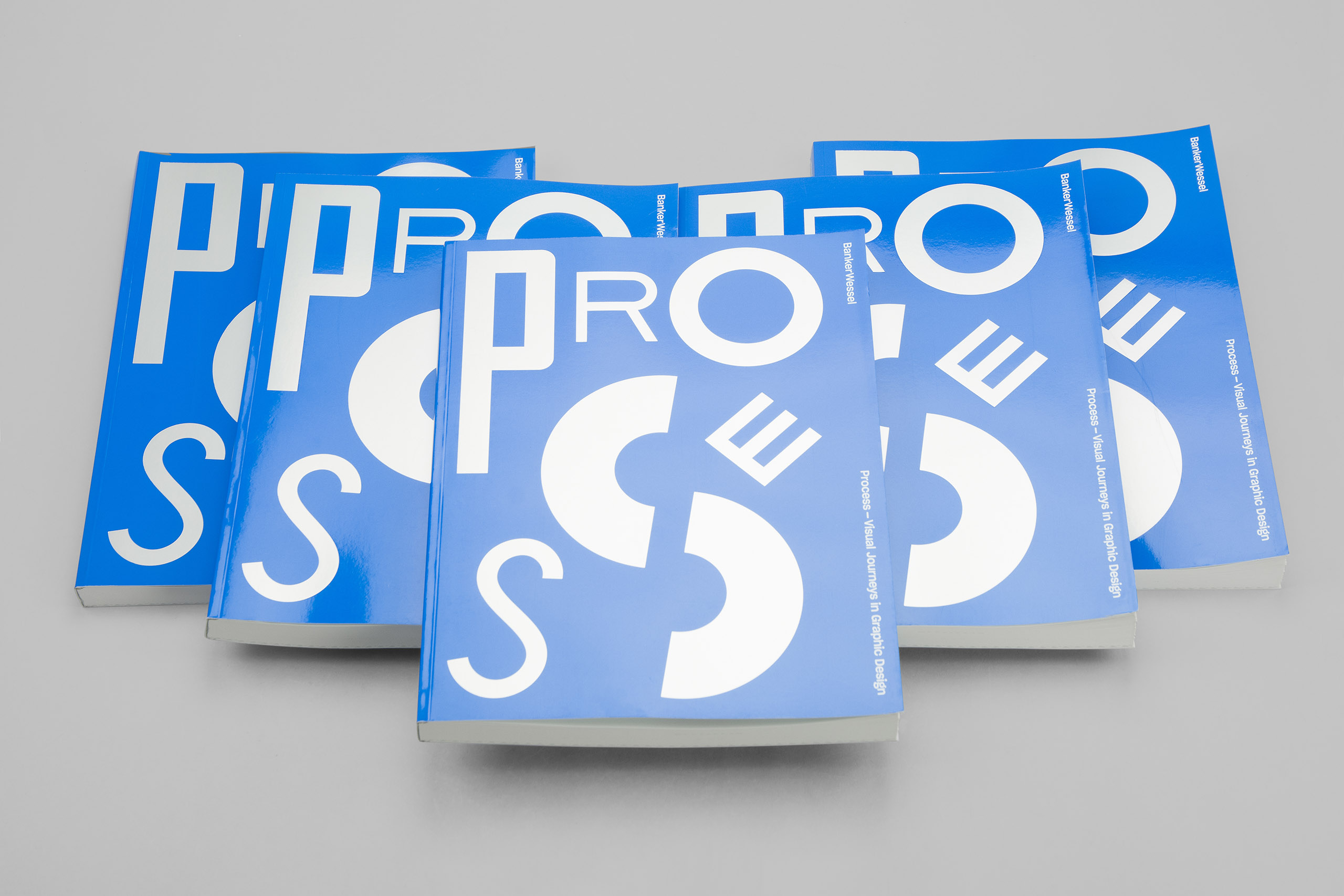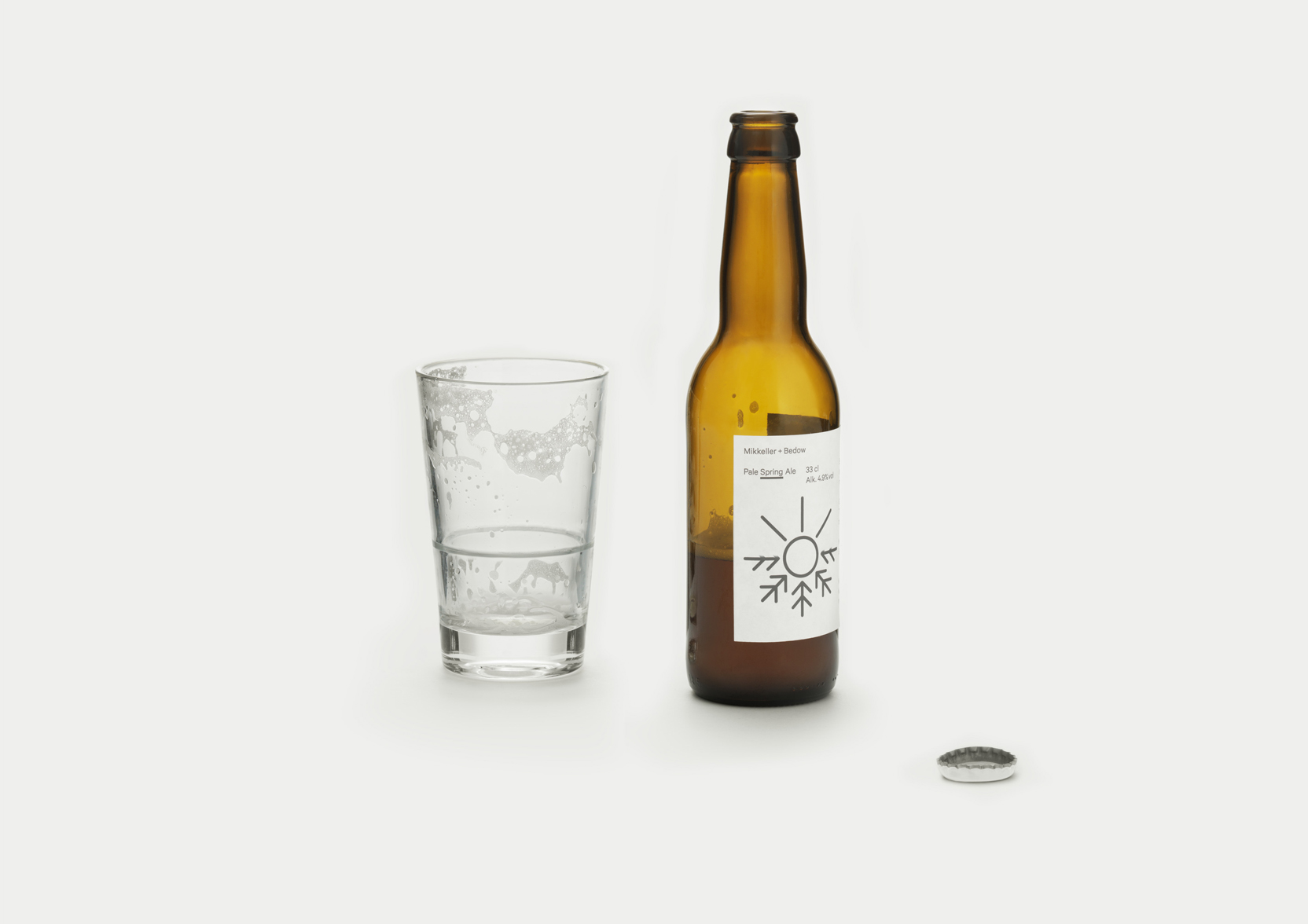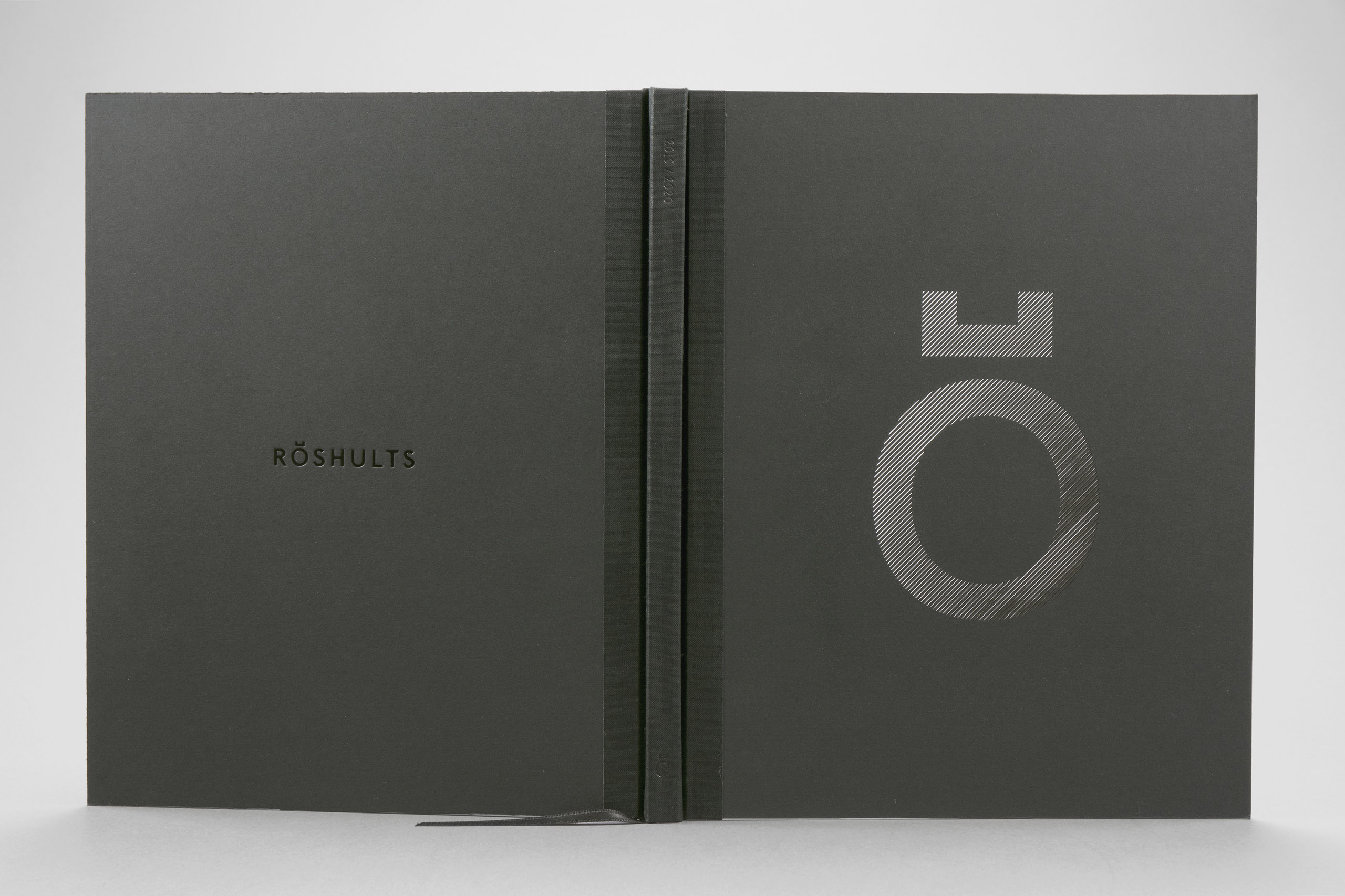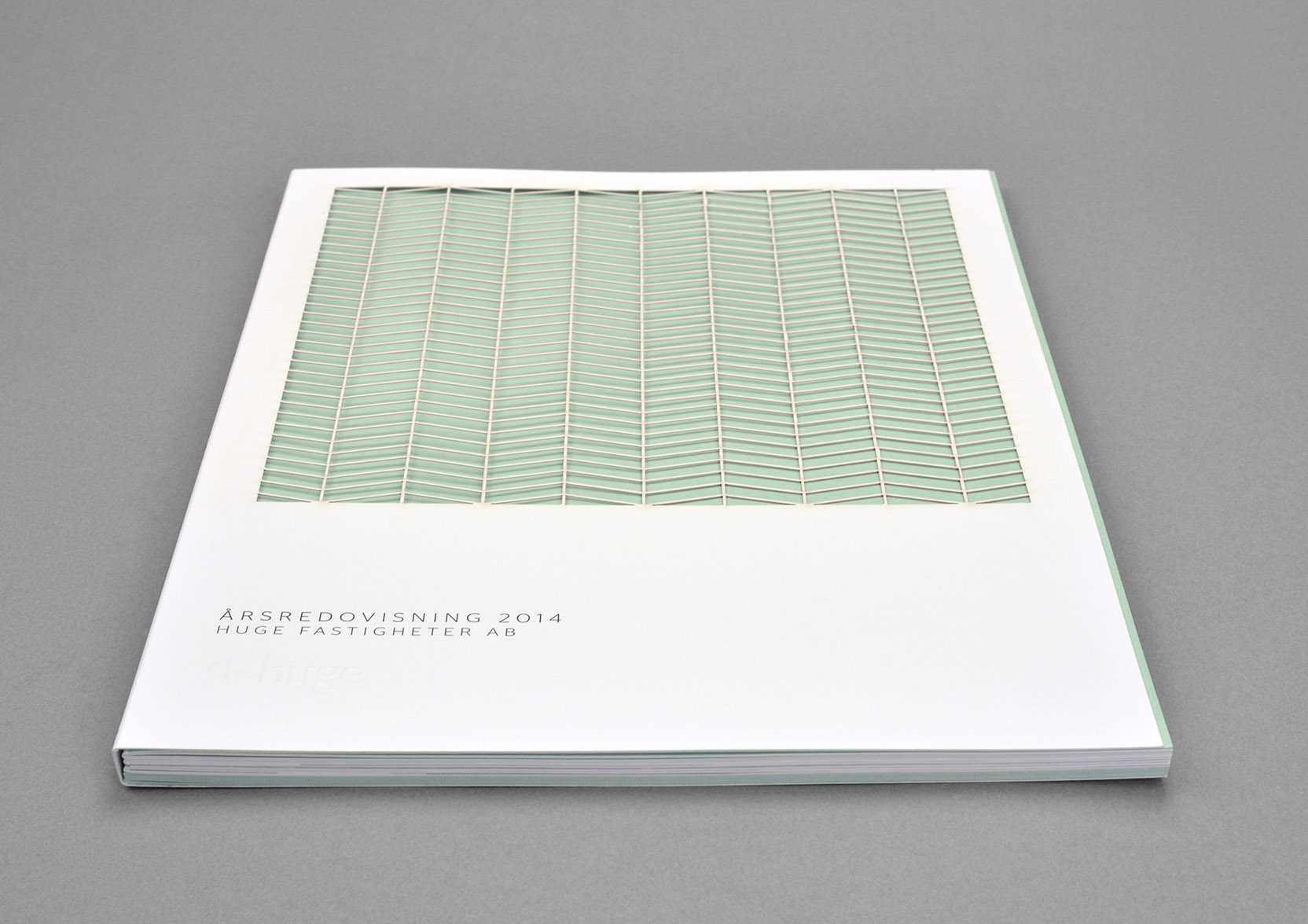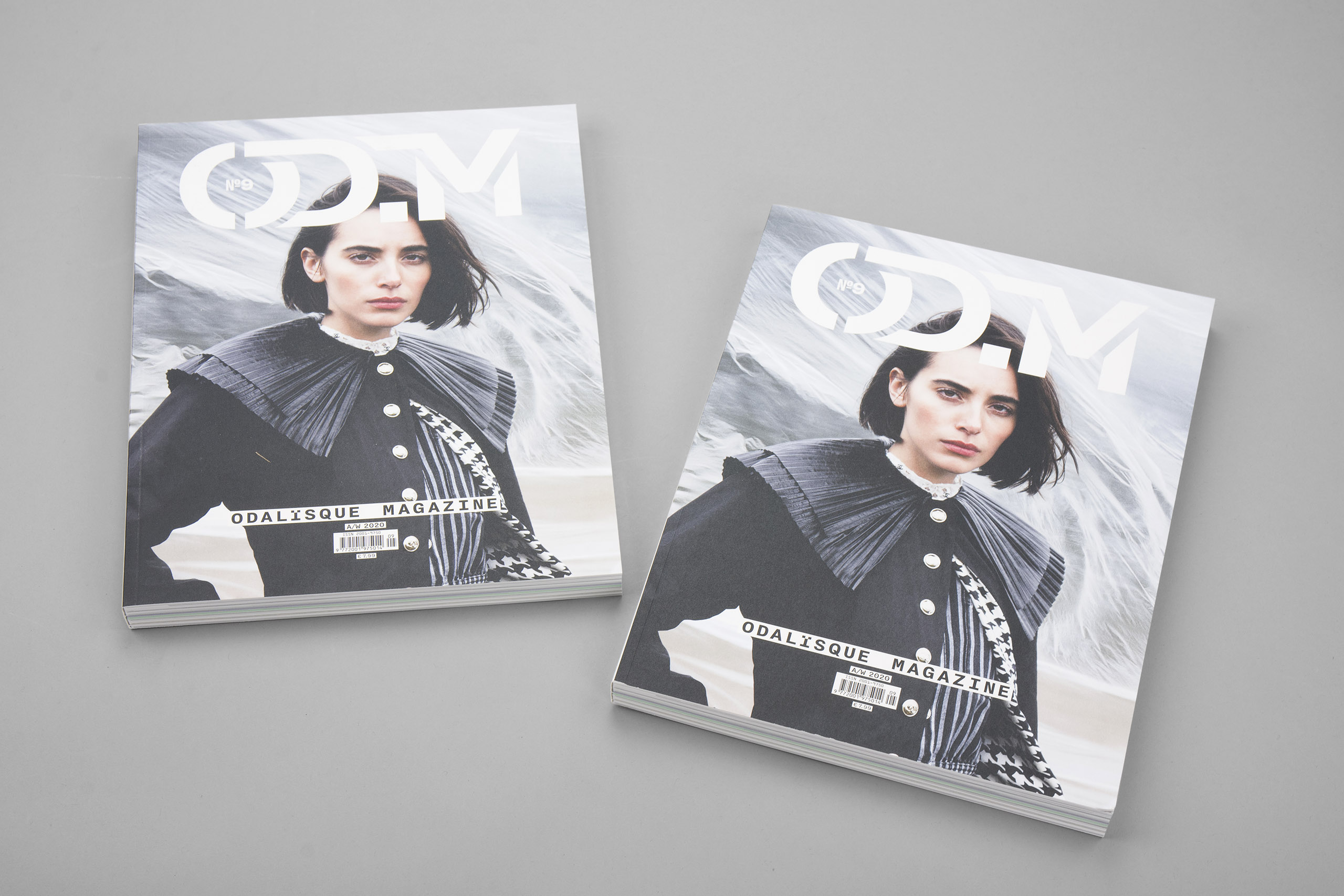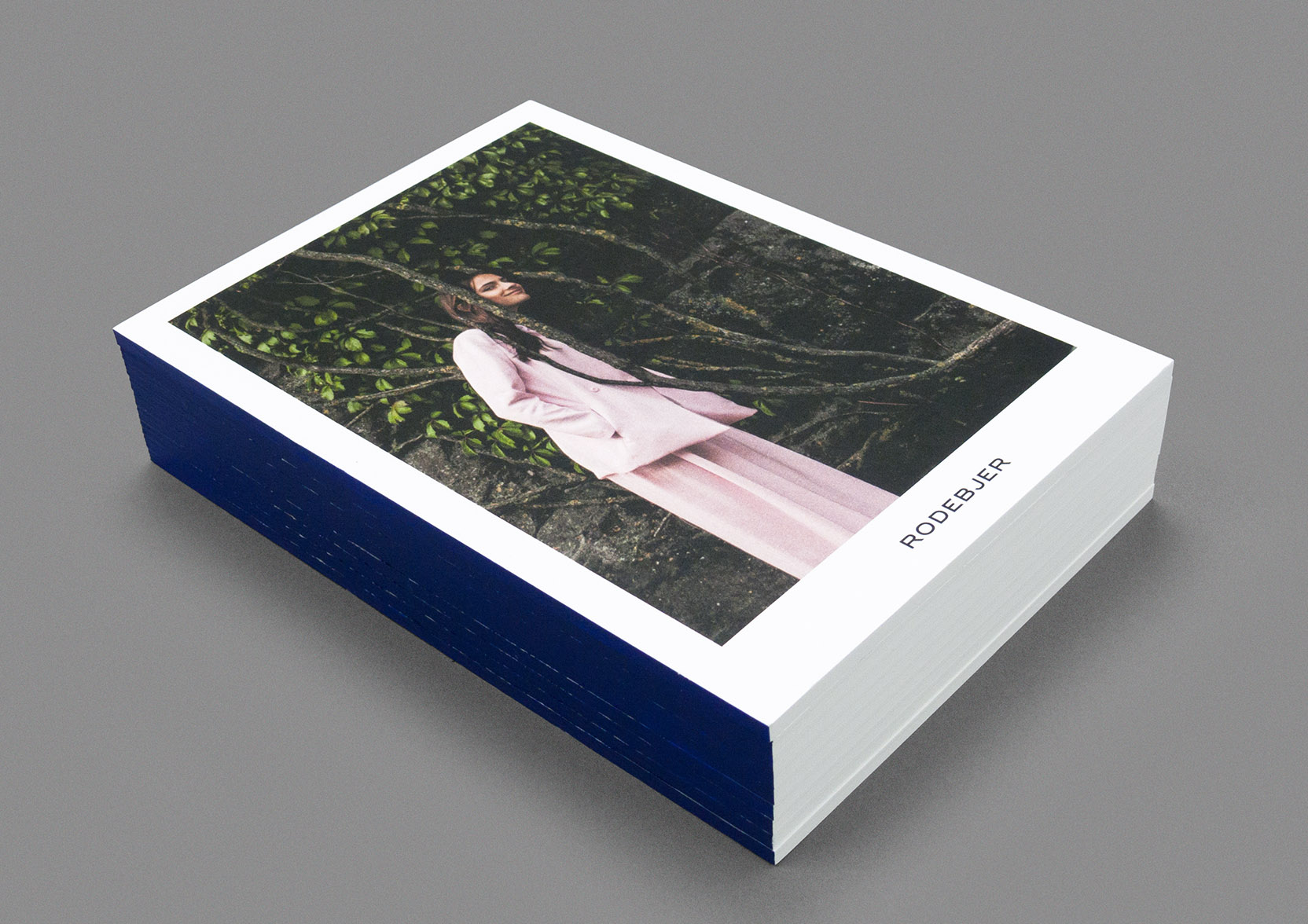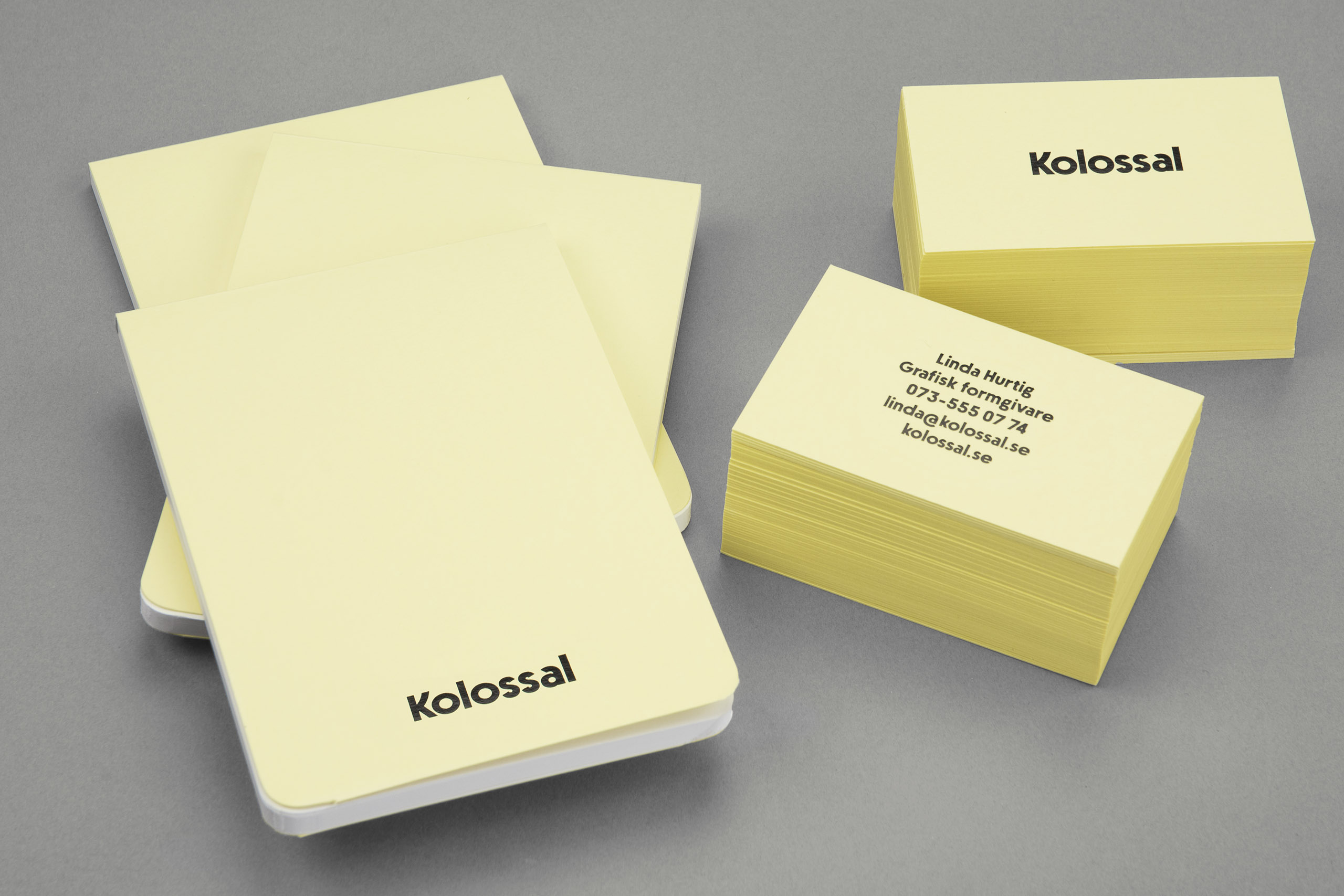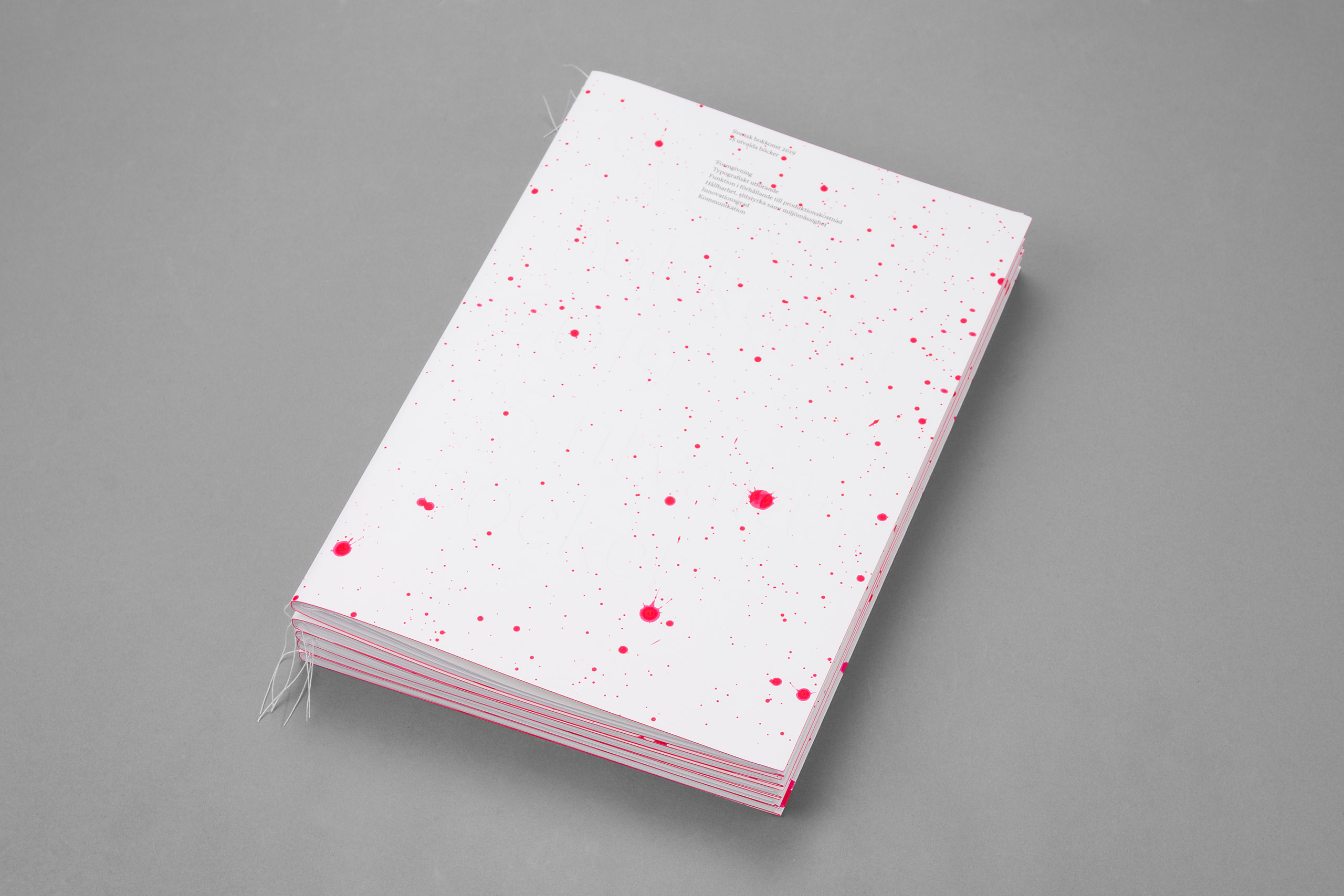Hybrid Print Technology
Also called HPT, is a printing technique originally developed by Göteborgstryckeriet. The technology is based on H-UV Led in combination with FM screen and has many advantages. The printing ink dries immediately thanks to UV light, which shortens lead times and minimizes problems with smearing.
With the HPT-technique, we can add more color, which allows us to create a larger color space and more realistic reproduction of shades. More stun, increased depth and deeper blacks! The FM screen provides razor-sharp details and smoothness in monochrome surfaces.
In the fall of 2023, we invested in a new Komori printing press in Ödeshög, where we also implemented our HPT technology.
A-format
Acrobat
Acrylic
Adhesive
ALG20
Application tape
Banner
Banner mount
Black and white point
Bleed
Blind embossing
Body
Book
Book sewing
Book sewing open spine
Brochure / catalogue
Bulk
Business card
Calibrated monitor
Cardboard
Centre sewn
Cloth
CMS
CMYK
Coated paper
Color management
Color profile
Color reproduction
Color temperature
Colour edging
Content
Corrugated board
Corrugated board ingrained
Cover
Creasing
Cropping
Cross corner stitching
Crossmedia
Cutout
Debossing
Design paper
Die
Die cutting
Digital Asset Management (DAM)
Digital print
Direct advertising
Dot gain increase
DPI
Dummy
Duotone
E-magazine
ECO-solvent
Elevated print
Embossing
Embossing (embossed)
Endpapers
Envelope
EPS
Eyeletting
Fadensiegel
Finnishing
Fire class B1
Flat foiled
Flat print
Flat stitching
FM screening
Foiled and fluted
Foiling debossed
Foil stamping
Folder
Folding
Font
Fragrant varnish
Gamma value
Glossy lamination
Grain direction
Half bind
Hand folded
Handmade
Hangtag
Hardcover
Head and tail band (H&T band)
High resolution image
HP Indigo
HTML
Hybrid Print Technology
Hybrid screen
ICC profile
Image bank
Image resolution
Inkjet
Japanese binding
JPG/JPEG
Label
Lamination
Large format printing
Laser cutting
Leporello
Letterpress printing
Lining / Laminating
LPI
Magazine
Market portal
Matt lamination
Media bank
Monitor profile
Multi level embossing
Negative formation
Offset printing
Opacity
Pad glued
Pantone/PMS
Perfect binding
Perforation
Pixel
Plastic
PNG
Positive formation
Poster
PPI
Preflight
Prepress
Print on demand
Printready PDF
Process color printing
Proof
Proof printing
Readability
Registers
Resolution
RGB
Ribon marker
RIP
Roll-up
Roll to roll print
Rounded corners
Saddle stitch binding
Screening
Screening frequency
Screen printing
Signature
Silk
Singer sewn binding
Slipcase
Smearing
Softcover
Soft Touch lamination
Spine cloth soft cover
Spot color
Spot varnish
Square
sRGB
Stochastic screen
Sublimation
Swiss binding
Total color amount
Uncoated paper
UV gel
UV ink
UV varnish
Variable data printing
Varnish
Vector graphics
Viewing light
Vinyl cutting
Web-to-print
Wire-o-binding
WordPress
Work-and-turn
Working color space
A-format
A European standard format for paper. Specified in width x height. For example portrait A4 (210 x 297 mm) and landscape A5 (210 x 148 mm).

Acrobat
Adobe software for viewing PDF files. The PDF file format is a worldwide standard for electronic document exchange and ensures formatting is preserved.
Acrylic
Plastic material that is weather and age resistant and has many useful properties.
Related projects
Adhesive
Glues on the back of paper or foil. There are several types of adhesives that affect the property: permanent, permanent removable, permanent opaque, removable, removable low-tack, removable high-tack, and permanent high-tack.
ALG20
General terms of delivery for graphic performances. Standard agreement between client and supplier that is used in the graphic industry. Download here.
Application tape
A plastic or paper carrier that is applied to the cut and cleaned text/logo to facilitate mounting.
Banner
A large and narrow printed image on fabric or other foldable material.
Banner mount
Hanging technology for banners. Tape is sewn or welded at the top and bottom of the banner.
Black and white point
Normally the darkest and lightest points in a photo. The desired black or white point in an image is rarely completely black or white in an original image and must therefore be adjusted. When you adjust a point to black or white in a photo, you affect the tone and contrast of the entire image.
Bleed
Images or objects that are to lie all the way to the edge of the page must be adapted with so-called bleed area, i.e. placed a bit outside the format of the page (approx. 3-5 mm). The reason for this need is that the product is normally trimmed in the final phase of production and that the trimming has certain tolerances that can vary between different techniques/materials and from machine to machine. With the right bleed, a nice end product is obtained.
Blind embossing
An embossing without print or foil.

Related projects
Body
The body consists of the stapled and folded sheets that make up the insert.
Book
A book consists of several sheets bound together, wired or glued together and covered by a cover.
Related projects
Book sewing
Book sewing means that sheets of paper are sewn together. After that, a soft or hard cover can be glued on.

Related projects
Book sewing open spine
Book sewing means that sheets of paper are sewn together. After that, a soft or hard cover can be glued on. If only the front or back cover is glued on, the thread becomes visible. You can choose different colors of the thread to create nice effects.

Related projects
Brochure / catalogue
A printed matter consisting of eight or more pages, which are bound together by staple stitching or glue binding. The number of pages must be evenly divisible by 4 (8, 12, 16, 20 pages, etc.).
The difference between a brochure and a catalogue primarily lies in its purpose, scope, and content. Brochures are typically shorter in terms of pages.
Related projects
Bulk
Paper term indicating the volume of a paper. The higher the bulk, the thicker the paper to its basis weight.
Business card
A business card is a small, usually credit-card-sized piece of cardstock or plastic that contains important information about a person and their business affiliation.
A business card can also serve as a branding tool, reflecting the individual’s or company’s identity and professional image.
The design and quality of a business card can make a significant impression, potentially influencing how the recipient perceives the professional or the business represented.
Related projects
Calibrated monitor
When calibrating, you set certain basic values on your monitor according to a standard. This allows you to see images in the same way as others who have a calibrated monitor. When the monitor is calibrated, you can create a monitor profile, which describes the monitor’s color range and which can be used in the computer’s color management system for the best reproduction.
Cardboard
There isn’t really a crystal-clear definition of how cardboard paper differs from regular paper, but cardboard is usually composed of various layers, and the surface weight is often higher than 150 g/m2.
Cardboard is typically constructed from multiple layers by stacking the fibre blend in several layers on top of each other. This technique allows for different properties of the cardboard. Multilayer materials are widely used for graphic products and various packaging purposes.
Two types of fibres are used in cardboard: mechanically and chemically treated fibres. Mechanical fibres are short and stiff, giving cardboard stiffness and high bulk. Chemical fibres are long and flexible, resulting in strong and compact cardboard.
There are different types of cardboard: SBB (Solid Bleached Sulphate or solid cardboard) consists only of bleached chemical pulp and is constructed with 3-5 layers of pulp. It is usually coated on the top side but sometimes also on the opposite side. The printability is very good, and SBB cardboard is easy to die-cut, crease, and emboss.
FBB (Folding Box Board or folding cardboard) consists of mechanical pulp in the middle and layers of chemical pulp on the top and bottom. On the top (and sometimes on the bottom), there is a coating so that the cardboard has good printing properties.
If you want to achieve a really fine print result on cardboard, it must have high surface smoothness.
Centre sewn
The print is sewn a bit into the side.

Related projects
Cloth
A fabric used as a covering. Today, there are many different qualities, including synthetic cloth fabrics.
CMS
Short name for Content Management System, colloquially called by many for website builders. Content management system to simplify development of a website. The web pages are edited via a graphical interface. The user usually does not need to use HTML, but can use simple WYSIWYG editing. Examples of CMS are e.g. WordPress.
CMYK
Cyan, Magenta, Yellow, Key-color (black). Subtractive color system used in, for example, four-color printing and four-color printers.
Coated paper
A coated paper has a treated surface layer to improve printing, durability and wear resistance properties. The surface can be matt, silk (semi-matt) or gloss (glossy).
The top illustration shows coated paper, and the bottom is uncoated paper.

Image: Arctic Paper
Color management
A process to get predictability in the color reproduction through an entire production chain. The aim is for colors to be reproduced in the same way in different communication devices.
Color profile
Photographers, designers and other graphic producers use several different color profiles. Monitor profiles provide a correct display of colors on the monitor. Color profiling in images ensures that an image’s color space follows the image, so that the next device can read how the color values should be interpreted. Print profiles indicate how the color profile, color amount and dotgain should be adapted to the printing method and material.
Color reproduction
Color reproduction on monitors is affected by the performance of the screen, the ambient light and the color space and gamma value of images. A rule of thumb to get good color reproduction in digital media is to use the sRGB color space and the PNG file format (since many browsers assume that images are saved in sRGB and PNG files can store embedded color profiles and gamma values).
Color reproduction in printed products is affected by color management and paper qualities. Choose a white gloss high-coated paper if you want accurate color shades and maximum color brilliance.
Color temperature
Measured in Kelvin (K). The bluer a light is, the higher the temperature. The ISO standard prescribes 5000 K as viewing light condition when consideration the color in a printing press.
Colour edging
Ink or foil is applied to the cut surfaces of the body or the edge of the paper. The thicker the paper, the greater the effect.

Related projects
Content
Synonym for body, i.e. the pages of the book stapled to a unit.
Corrugated board
Corrugated cardboard is a packaging material with an outer layer of paper with one or more wavy intermediate layers. The material has a shock absorbing function.

Corrugated board ingrained
Corrugated cardboard that is colored.
Cover
Collective name for paper, cloth, leather or other material used as the covering of the book cover.
Creasing
A fold mark made with a rounded steel tool to facilitate folding and avoid cracking.
Cropping
Cut out parts of, for example, an image that you don’t want to use.
Cross corner stitching
Staples are stapled in the corners of the material. The work is done manually, one staple at a time.

Crossmedia
Information och underhållning som sprids genom flera medier. Det kan till exempel vara reklam för ett evenemang.
Cutout
Means that in the computer you cut out a part of an image along its contours. You extract an object from its background. In today’s versions of Photoshop, there are smart tools that can assist using AI technology to quickly create this effect.
Debossing
An embossing that is immersed in the paper.

Related projects
Design paper
Design paper has a different color or structure than standard papers.
Die
A cliché is used for foiling and embossing. The cliché is made of different materials depending on how detailed the motif is that is to be foiled/embossed and on how large an edition is to be produced.

Die cutting
When a sheet is to have a shape other than rectangular, or if a pattern is to be created in the paper, a die cutting form is used to punch out the shape.

Digital Asset Management (DAM)
Software used to collect, annotate, catalog, store, and retrieve digital ”resources” such as images, video, audio, and other digital documents.
Digital print
Printing press that prints information directly from the computer in a similar way to a printer.
Direct advertising
Printed marketing distributed as mail. Available as unaddressed and addressed. The latter enables selection to more effectively reach the desired target group.
Dot gain increase
Screening dots in offset printing become larger when color is transferred from plate via blankets to the paper. The more uneven a surface is (for example on an uncoated paper), the greater the dot increase will be. This is because the printing ink is pressed together and flows out into the irregularities, which makes the print stronger/darker. With the help of calibrations, this is compensated for in prepress during exposing of plates.
DPI
Dots Per Inch. A term used to describe resolution when printing with screening in e.g. offset printing.
Dummy
A sample copy of a printed matter. Produced before printing to give a look and feel of how a finished print will become.
Duotone
Duotone is a printing technique used to create grayscale images with a sense of colour. In duplex printing, two colours are used, one of which is usually, but not necessarily, black.
The technique was first used in photography in the late 19th century to create a sense of warmth in black-and-white images. Sepia toning was created by using different shades of brown in the images.
Originally, the technique was used to reduce printing costs by requiring only two printing plates instead of four, as in four-colour printing.
Related projects
E-magazine
Digital, scrollable and interactive version of a publication for reading via tablet, computer and mobile.
ECO-solvent
Non-aggressive eco-solvent ink. Emits a lower amount of harmful volatile organic compounds than traditional solvent inks.
Elevated print
Raised pressure. To imitate, for example, an oil painting, a three-dimensional print is created. The print is built up with several layers of white ink, which is finished by printing with CMYK. Can be printed on pretty much any flat material.


Embossing
Embossing is a technique that creates a three-dimensional effect and an exciting feeling. The effect can either be raised (embossed) or lowered (debossed) in the material. An embossing occurs when a cliché is pressed against a material under high heat and pressure. Embossing can be combined with, for example, foiling to achieve more visual impressions.
Embossing (embossed)
An embossing that is raised in the paper.

Related projects
Endpapers
The leaves that connect the cover and the body. The leaves can be printed or unprinted.


Envelope
A paper pocket with opening and closing flap on the short or long side.

Related projects
EPS
Encapsulated PostScript. A file format that can contain both pixel graphics and object graphics. All the common image and layout programs can handle EPS files. Today increasingly replaced by PDF.
Eyeletting
Metal or plastic rings (eyelets) that are mounted on a textile material or soft plastic, for example a banner.
Fadensiegel
Fadensiegel is a staple method that involves both gluing and having a thread in each signature.
Finnishing
All the working steps that are carried out with the finished printed paper sheets until you have a finished printed matter – e.g. cutting, folding and creasing etc.
Fire class B1
In our industry, the German fire classification B1 is the acceptable level for low flammability. Materials that are said to be ”fire rated” without further details are usually equal to or better than the German B1 class. According to German standards, ”Fire retardant” is usually class B1 or B2.
Flat foiled
The surface of the foil lies edge to edge with the surface of the paper.

Related projects
Flat print
Printing technique where you print directly on hard, flat materials such as Forex, Acrylic, Kanalplast, DiBond, Dibond or PP.
Flat stitching
The print is bound using staples that are stapled from the top.

FM screening
Also called stochastic screening, which is a screening method that does not lie in a pattern determined by the eye. FM stands for frequency modulation. This means that tonal differences are built up by varying the number of points while the size of the points is constant. Inkjet printers normally use stochastic screenint, but it is also used in offset printing.

Foiled and fluted
Foiling that is pressed upwards into the paper.

Related projects
Foiling debossed
Foiling that is pressed into the paper. Can be achieved by pressing the foil down with hard pressure. However, a real debossed foiling is done in two steps.

Related projects
Foil stamping
Foiling means that a thin metal or plastic foil is transferred to the material using a cliché that is heated and pressed against the material. Foiling is best suited to highlight a logo, texts or other design elements that you want to enhance. Foiling can be combined with embossing if you also want to achieve a tactile feel.

Folder
A printed matter consisting of a folded sheet. Usually 4-6 pages but can also be more pages, for example in the case of Z folding, open gate folding and accordion folding.

Related projects
Folding
The folding of a printed paper down to the format determined by the graphic design. Depending on how many folds you make, the sheet can contain 4-8-16- or 32-pages.
There are different types of folds, for example single fold, window fold, altar cabinet fold and accordion fold. Sensitive or complicated jobs sometimes have to be folded by hand.

Font
It is a set of fonts in a certain typeface stored in a file. File types for fonts used today are, for example, Opentype and Truetype.
Fragrant varnish
Highly concentrated fragrance is mixed with varnish and can be applied to the printed material.
Gamma value
Gamma affects the distribution of light and dark shades in an image displayed on a monitor. If gamma is 1.0, light and dark shades are distributed linearly mathematically, while any other value causes the brightness of the image to be adjusted as it is displayed.
Glossy lamination
A laminate with a glossy surface.


Related projects
Grain direction
The direction in which the fibers lie during papermaking. The fiber direction is particularly important when folding and creasing to avoid cracking. The paper is more flexible along the grain direction than if you fold against the grain direction

Half bind
A cover or book cover where the spine and part of the front and back are covered with a cloth material.

Related projects
Hand folded
A folding that is carried out entirely by hand.
Handmade
A binding that is done entirely by hand.
Hangtag
A small label in cardboard, plastic or other material that you hang on e.g. an item and which provides information on size, color, fabric, price, etc.
Related projects
Hardcover
Hardcover is the name for a printed item with stiff covers.

Head and tail band (H&T band)
Small decorative fabric bands that sit at the top and bottom of the spine of a book to hide the glue edge.

High resolution image
”Image with high enough resolution for printing so that sharpness and details are good. You can calculate the number of pixels needed for printing in a certain format using a formula: the width of the image in cm divided by 2.54 (=1 inch) multiplied by 300 (standard/guideline value for ppi).
Example: 30 cm image/2.54 X 300 ppi = 3543 px.”
HP Indigo
High-quality inkjet-based digital printing presses. The technique can be compared to an offset press where a rubber sheet is used to transfer the color onto the substrate.
HTML
HyperText Markup Language. Markup language used to build web pages.
Hybrid Print Technology
Also called HPT, is a printing technique originally developed by Göteborgstryckeriet. The technology is based on H-UV Led in combination with FM screen and has many advantages. The printing ink dries immediately thanks to UV light, which shortens lead times and minimizes problems with smearing.
With the HPT-technique, we can add more color, which allows us to create a larger color space and more realistic reproduction of shades. More stun, increased depth and deeper blacks! The FM screen provides razor-sharp details and smoothness in monochrome surfaces.
In the fall of 2023, we invested in a new Komori printing press in Ödeshög, where we also implemented our HPT technology.
Hybrid screen
Hybrid screen provide an extra high level of detail in the print. The technology is based on a combination of stochastic screen in high and low tones (<5% and >95%) and traditional screening. The line density is 250 lines/inch regardless of paper (even uncoated).
ICC profile
A standard for describing color properties of different types of devices such as monitors, printers, proof printing, digital and offset printing. Used by most color management systems. Created using a photospectrometer for measurement together with a software.
Image bank
An archive system for storing images that also keeps track of associated metadata to make searching easy when you need to find specific content.
Image resolution
The information resolution in a digital pixel-based image, i.e. how detailed the image can be reproduced when, for example, printing. The measurement unit is usually in ppi (pixels per inch).
Inkjet
Water-based Inkjet is the most sustainable printing method. It is a digital technique where spray nozzles apply very small drops of ink to the print surface. Inkjet is a fast printing method for small to medium editions. It delivers consistent offset-quality print results, with a low carbon footprint. We can simulate 90% of all Pantone colors in CMYK with Inkjet technology.
Japanese binding
Characteristic of Japanese binding is that the pages are folded with the folding outwards. Can be perfect bound or singer sewn.

Related projects
JPG/JPEG
Joint Photographic Experts Group – a standard produced by an industry association of that name. The format offers the option of file compression, which gives you the opportunity to decide the balance between quality and file size yourself. Best suited for photographic images.
Label
A label is a small piece of material, usually paper or plastic, used to identify, mark, or describe something. It can be a label on a product containing information such as brand, ingredients, manufacturer, usage instructions, and any warnings.
Beyond practical use, labels can also serve decorative purposes or convey messages and communication.
Related projects
Lamination
Lamination is a process that involves applying a film to the printed sheet which changes the look and feel of the final product. Lamination increases the strength of the printed material and contributes to extra protection against scratches or wear. A laminate is applied in a separate process, after printing. There are several types of laminate, including: Gloss, Matt, Scuff-Free, Soft Touch, Sandy Matt and Linne.
Large format printing
Utskrifter i hög kvalitet med hjälp av stora bläckstråleskrivare. De största maskinerna kan skriva ut i fem meters bredd.
Laser cutting
Using a laser beam, advanced patterns can be cut out on paper, cardboard, leather and label material. No punching tools are needed when laser punching, the method is digital.

Related projects
Leporello
Accordion folding consisting of several panels one after the other.
Creased and mounted from one or more different printing sheets.

Related projects
Letterpress printing
The printing technique was invented by Johannes Gutenberg in the middle of the 15th century. Loose letters (types) are assembled into words and texts in printing forms and mounted in the printing press.

Lining / Laminating
A sheet of paper that is glued to another material.
LPI
Lines Per Inch. Name of the frequency between the points that a screening is made up of when printing in e.g. offset.
Magazine
A magazine is a periodical publication that is typically published on a regular schedule, such as weekly, monthly, or quarterly. Magazines contain a variety of articles, photographs, illustrations, and advertisements covering a range of topics, including but not limited to fashion, lifestyle, culture, politics, entertainment, health, and current events.
Magazines are often targeted at specific demographics or interests. They are usually printed on glossy paper and may also be available in digital formats. Magazines are designed for leisure reading and often provide in-depth analysis, feature stories, and visual content to engage their audience.
Related projects
Market portal
A website for sales and marketing materials that should be accessible to the media, partners and the own organization.
Matt lamination
A laminate with a matt surface.
Media bank
Web-based archive for downloading digital images, logos and other digital documents. Also called Digital Asset Management (DAM).
Monitor profile
When you profile the monitor, the exact color displayed on your screen is analysed. The measurement is compared to what should have been displayed and a profile is created. Make sure the monitor is calibrated before creating a monitor profile.
Multi level embossing
An embossing in different levels, can be combined with foil.

Negative formation
For example, in the case of a 6-sided cover, the side with the fold must be narrower so as not to be cut off during the clear cut.
Offset printing
A printing technique where the color is transferred from a printing plate to paper. There are two main varieties of offset printing: sheet offset and web-fed offset. Sheet offset is the most widespread technology and is used to print business cards, brochures, magazines, newspapers, books and posters and more.
Opacity
Specifies the opacity of a paper. The higher the value, the less transparent. The higher the opacity, the thinner the paper can be without ink showing through on the back of the paper.
Pad glued
Cut sheets are glued together on one side of one of the cut surfaces.

Related projects
Pantone/PMS
Pantone Matching System, often just called Pantone or PMS. Color library with predefined colors for different types of paper. It is the most common spot color system in the graphic industry.

PDF (Portable Document Format) is a file format that preserves a page’s formatting and includes fonts, images, and the entire layout from the source document in its entirety. Today the most common file format in the graphics industry, which can be used in a variety of programs and on a variety of platforms.
Perfect binding
Stapling method for joining loose sheets or folded sheets. The spine is milled and glue penetrates between the individual leaves and holds the body together when it has dried.

Perforation
A perforation consists of small, tiny holes that make it easier for the paper to be torn off or split. The perforation is made in a punching machine.

Pixel
The smallest component of a digital image. A pixel itself does not have a fixed size, but the number of pixels used is defined by specifying how many are to be per certain unit of length (PPI, Pixels Per Inch).
Plastic
Synthetic material consisting of one or sometimes several polymers and several additives.
PNG
Portable Network Graphics. Digital image format, developed in part to replace the older GIF format. Mainly intended for graphic images, such as logos, for screen display. Not recommended for photographic images.
Positive formation
The cover is slightly larger than the insert at the front but has the same height as the insert at the head and foot. The parts must be cut before they are bound.
Poster
A poster is an advertising or information notice with a visually elaborate design of text and image message. Since the poster is to be posted, there is usually only one side of the print.

PPI
Pixels Per Inch. Specifies the resolution of a digital image, i.e. how many pixels a certain unit of length contains. In a printing context, approximately twice as high PPI as screen density (LPI) is normally required.
Preflight
Technical control of digital material that reports whether it is suitable for printing. It checks, among other things, that the images have the correct resolution, that fonts are included, that the correct ICC profiles have been used and that the bleed area is defined correctly.
Prepress
A collective term for all preparatory work with material before printing.
Print on demand
Means that a new edition of a brochure or other document is printed in as many copies as you need at the time. Together with ordering portals, print on demand has made it possible to minimize printed material stocks because new copies can be printed quickly and at short notice.
Printready PDF
A digital original for printing advertisements and print jobs. Specially adapted PDF/X-4 to meet graphic production requirements. Images should be at least 300 dpi and tagged with their source profile. The edges of the pages are marked with cut marks, and images or objects that are to lie right out at the edge of the page must have a bleed of 3-5 mm.
Process color printing
Printing with the four basic colors CMYK. Cyan (blue), Magenta (red), Yellow (yellow) and Key color (black).
Proof
A sample of what the finished printed product will look like, produced using some printing technology, usually inkjet technology. Often used as a legal agreement and therefore signed.
Proof printing
Today usually consists of a simulation in a digital printing press/printer in order to give the customer an picture of the final printing result.
Readability
Fonts and the airiness of the text affect readability. The text should be so large that it is comfortable to read and be spaced with appropriate line spacing. Many different fonts, wide columns, large masses of text and entire paragraphs with capital letters make the text difficult to read. For printed matter with large amounts of text, you should choose a matte coated paper for maximum readability.
Registers
The pages of a printed matter are punched out to form the property of an index.

Related projects
Resolution
An expression for how many pixels in a row per unit of length an image or an external device has (such as a monitor or printer). The expression is also often used to indicate an image’s total number of pixels, which is actually pixel range.
RGB
The basic colors in digital images (red, green and blue). The same combination of RGB values can look different between different cameras and monitors. If you want consistent color reproduction in your digital images, you need to save the images with a device-independent working color space.
Ribon marker
A decorative band that runs from the book spine to the book content to mark one or more pages. Available in one-color and two-color shades and can be matched with the H&T band.

RIP
Raster Image Processor. A component that, via advanced mathematics, converts the contents of the original into printer points and are distributed further into printers, platesetters and printing presses.
Roll-up
A picture in large format with stand and cassette foot. The image is stored and transported in the cassette and is rolled up and secured with a support pin from the cassette foot when it is to be used.
Roll to roll print
Print directly on paper, vinyl, canvas, backlit or banner. From reel to reel.
Rounded corners
The corners of the sheet are punched away and rounded.

Saddle stitch binding
Stapling is a common method of holding the pages together in a printed matter. At least eight pages can be stapled. The maximum number of pages depends on the gram weight of the paper. In addition to standard staples, loop staples are also available.

Related projects
Screening
Dot patterns necessary to reproduce color tones and shades in print. In traditional screening, the dots are arranged in a specific pattern with different angles between different colors so that transparent color on color gives the desired shade. Tonal differences are created by varying the size of the dots while the frequency is constant. With different printing methods and on different substrates, different frequencies are sometimes used to give the best end result.

Screening frequency
Sceening frequency in printing with traditional screening methods, measured in lines per inch (LPI). A higher screening frequency requires higher demands on printing technology, paper quality and image resolution. A good rule of thumb is to have twice the image resolution as the screening frequency.
Screen printing
Screen printing, which is also called silkscreen among other things, is a printing method that involves the color being pressed through a screen cloth (a fine-meshed net) that is stretched in a frame with the help of a squeegee. You can only print one color at a time.

Signature
Numbering of the printing sheets that are folded and form the layers that make up a book. Can usually be seen on page 1, 16, 32 etc.
Silk
Coated paper with a silk-matt surface which provides both good readability and image reproduction.
Singer sewn binding
The print is sewn in the spine.

Related projects
Slipcase
Also called a book case, is a box for books or magazines. The box often has an open short side so that the back on the printed matter is visible.



Smearing
When the amount of ink becomes too high for the substrate, the ink smears and results in an unwanted impression on the opposite side. This can be due, among other things, to errors in the printing itself or to an image being separated into CMYK with the wrong color profile.
Softcover
A glued print with a stiffer and thicker cover, but still bendable paper that is trimmed to the same format as the insert.

Related projects
Soft Touch lamination
A fully matte laminate with a velvety surface.
Spine cloth soft cover
A soft cover with a textile band on the back.

Related projects
Spot color
Printing ink in special colors that are mixed together according to unique recipes. Used to achieve a specific color and more easily communicated to others. A large percentage of these colors cannot be reproduced in CMYK. Pantone is an example of spot colors.
Spot varnish
A spot varnish allows you to highlight specific areas of a printed sheet and adds shine and depth to specific elements on the page such as a logo or image.

Square
The part of the cover that protrudes beyond the body itself.
sRGB
A standardized RGB color space, designed to represent an average computer monitor. sRBG is used to achieve an acceptable, average color display on the web, or in other situations when you need to produce images to be displayed on devices you cannot control yourself.
Stochastic screen
Also called FM screen, is a screening that does not lie in a specific pattern. The size of the dots is constant and tonal differences are created by varying the number of dots. Inkjet printers normally use stochastic raster. At By Wind, we often use stochastic screen, especially when printing on uncoated paper.

Sublimation
Textile sublimation, direct or paper transferred. Water-based paint evaporates into the fabric and provides a washable and UV-resistant product.
Swiss binding
The insert is attached to the back cover, while the spine and front cover are loose.

Related projects
Total color amount
The total amount of color, measured as a percentage, that is printed on a paper. If you are going to print heavy and saturated four-color images on uncoated paper, the total amount of ink should be less.
Uncoated paper
An uncoated paper has no coating layer on the base paper. Often used when printing with a lot of text as light reflections are less than on a coated paper.
The top illustration shows uncoated paper, and the bottom is coated paper.

Image: Arctic Paper
UV gel
When in contact with the material, UV-gel turns directly into gel form. The result is better point sharpness and thus higher image quality, even at higher speeds.
UV ink
Ink that hardens after exposure to UV light. It requires relatively low temperatures and needs no drying time.
UV varnish
UV varnish is applied during the printing process. There are gloss and matte UV varnishes and it can be applied to a full surface or partially to highlight details.
Variable data printing
Means that text and/or images vary in an edition. It is used, among other things, for individually tailored offers in direct mail, and for different language versions of a printed matter.
Varnish
Varnish is a process that involves applying a varnish that changes the experience and feel of the final product. Varnish contributes to extra protection against scratch marks or wear.
There are several different types of varnish such as press varnish (unpigmented printing ink), water-based varnish, UV varnish. Varnish is normally applied during the printing process and protects the ink and paper. It does not provide as good protection as lamination.
There are different types of varnish: gloss, silk, matt and soft touch. In addition to that, there is also a wide range of decorative and effect varnishes such as glitter, flakes and scented varnish. Varnish can be applied fully or partially.
Vector graphics
Also called Graphic Objects. Graphics made up of mathematically defined lines. Can be edited and resized without quality loss.
Viewing light
Your work environment affects how you perceive print colors and monitor colors. To get a good viewing light, you should be in a room that has a neutral color with a stable light level and color temperature. The best is a room with neutral gray colors and fluorescent tubes/LEDs defined as D50 (5000° Kelvin).
Vinyl cutting
Figure cutting of vinyl letters or logotype in printed or through-dyed foil.
Web-to-print
A web-based tool for mainly managing orders and customizations of print jobs.
Wire-o-binding
Cover and insert are hole punched and clamped together in the back with a metal wire that is available in different colors. A wire-o bound product lies completely flat.

WordPress
Världens största publiceringssystem med fokus på flexibilitet, användarvänlighet, design och webbstandard.
Work-and-turn
A kind of impostion for double-sided printing where the print sheets are turned after being printed on one side to be printed with the same plates on the other side.
Working color space
A working color space is a standardized description of which level for example red, green and blue colors uses in a digital image. If you want to get a consistent color rendering of an image in several contexts, it is important to save images with a device-independent working color space. Two common device-independent color spaces are sRGB and Adobe RGB.

